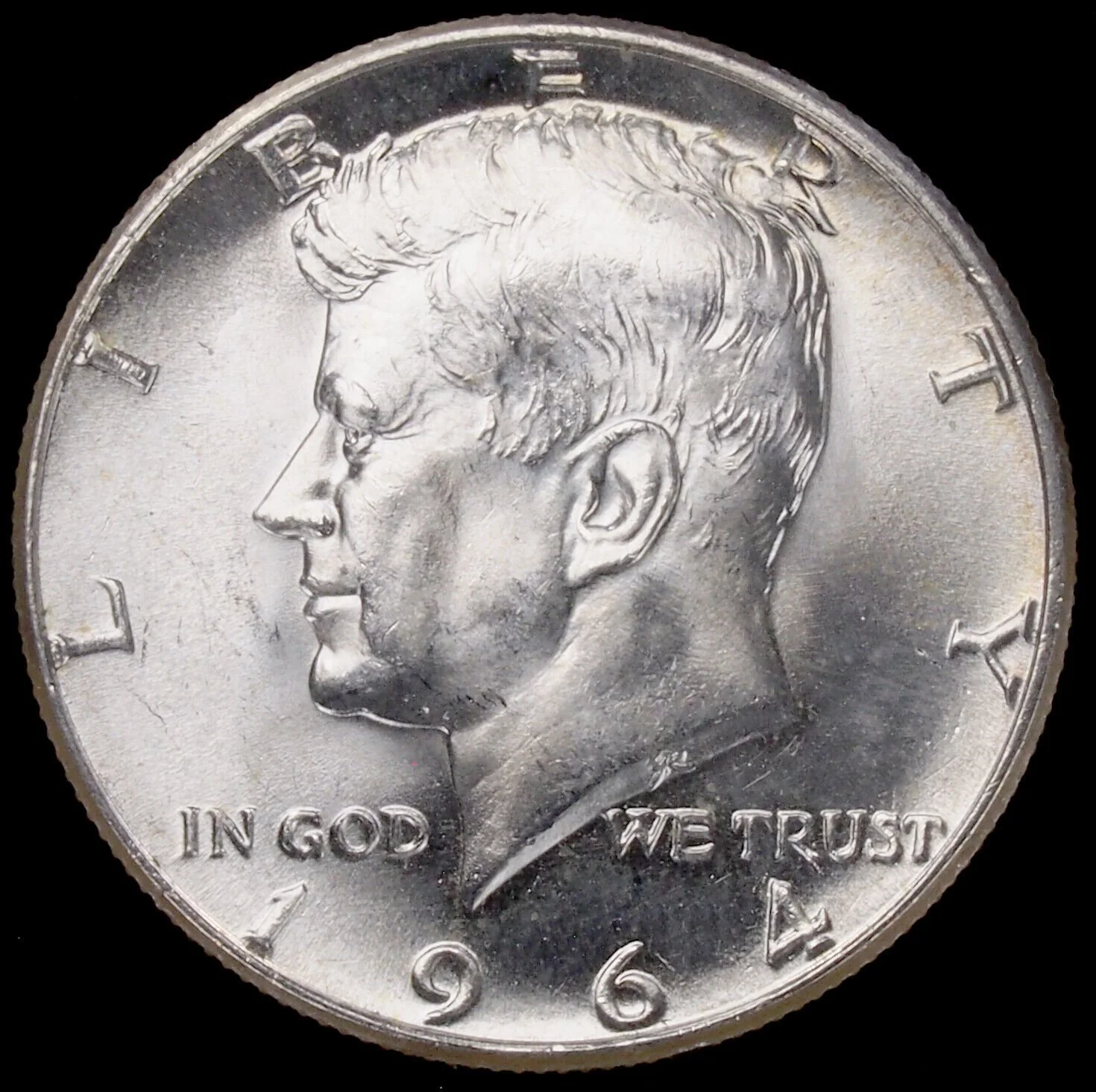When 50 Cents Can Go Further Than you Might Think
I recently happened to come across an Instagram post showing an old McDonald’s advert from 1964. Coincidentally this was the last year that the US coinage was struck in silver, before the change to copper-nickel clad copper the next year and is a fantastic illustration of how currency has been massively devalued since the changeover from a bullion to a fiat coinage. It shows a hamburger, fries and a milkshake would have set you back a hefty 47 cents in that year, leaving you 3 cents change from your 90% silver half dollar coin. Half dollars did briefly continue to contain silver, until 1970 – the only circulating coin to do so at 40% silver content – so for illustrative purposes let’s assume you set aside a 1964 half in that year and two 1965 quarter dollars, being copper-nickel coins, the next. Both of the saved 50 cents in the present day retain their legal tender value of 50c, but with the 1964 coin containing 0.36 of a troy ounce of silver – at today’s spot price of £18.75/oz – we could exchange it based on the silver value for £6.75 minus any profit margin for the buyer. Almost uncannily, a quick check of McDonald’s current menu finds the price for a similar meal today would be £6.27. Even after nearly 60 years the relative value of a meal in McDonald’s against the value of silver has remained fairly similar.
If you think of the coins we’re considering, the 1964 half has maintained its purchasing power and the 1965 quarters – with USD to GBP exchange rate accounted for – are left with just 6% of their original purchasing power. What we actually appear to be looking at is the catastrophic devaluing of what is used as legal tender money.
In the present day it’s often argued that holding bullion offers no upside compared to cash, as it cannot generate any interest, unlike cash in a savings account. What’s clearly on show with this example is that cash has absolutely needed interest just to keep up with its value against bullion - or even a meal at McDonald’s - in the long-term. Over the 60 year period we’re looking at here a consistent 4 to 5% interest rate would have been needed to allow our 50 cents to compound up to retain the same purchasing power, which most cash savers would have struggled to get anywhere close to in the last 15 years. It’s food for thought that a bullion backed currency has the potential to eliminate the dependence on interest rates to maintain its purchasing power and serve as a store of value in itself. As we’re exchanging a 50 cent coin for a meal in McDonald’s, it’s interesting to consider that in an alternate world where fiat currency hadn’t been adopted, the likely effect on prices would have been to peg them down to that 1964 level and we may have still been paying a similar amount for our fast food now as back then.



